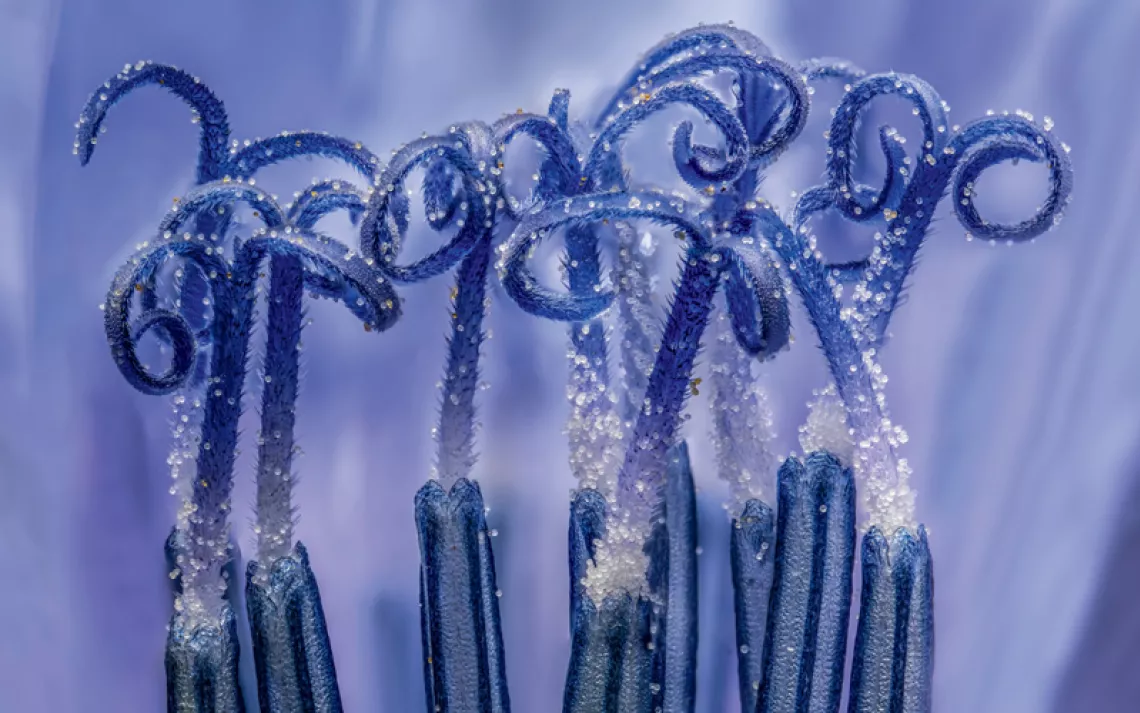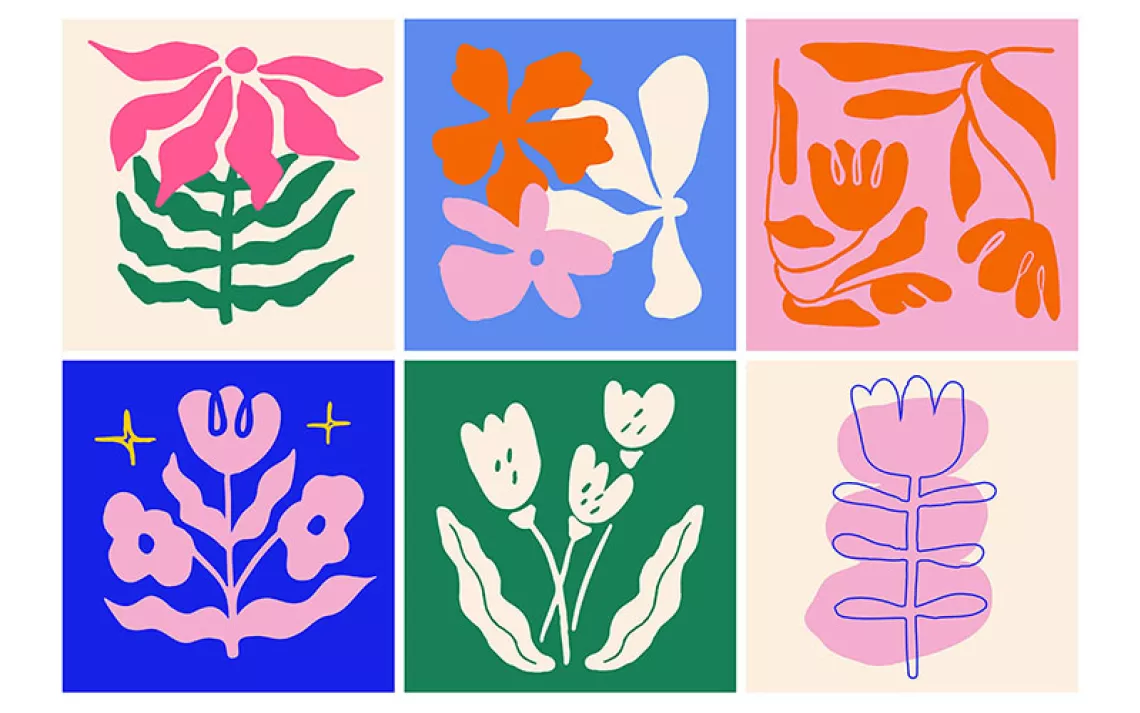4 Reasons to Love Native Plants

Have you ever wanted a beautiful garden that attracts wildlife and needs very little care? Well, you can have your flowers and grow them too when you delve into the world of native plants. While the majority of people only know wild plants from the weeds that grow by the roadside, most of these are actually non-native invaders that grow in disturbed habitats. Native shrubs and wildflowers come in many shapes and sizes, and can be found in specialized nurseries all around the country.
But why go to all that trouble when you can just put in a lawn and some roses? Here are a few reasons:
1. Natives save on water and fertilizer.
Native plants, by definition, are plants that have evolved to grow in local conditions. There are marsh plants for wet areas, desert plants for dry areas, and everything in between. But remember, just because it's native to your state doesn't mean it will grow without water, since some plants grow naturally in wetlands. However, if you choose natives carefully for the habitat you live in, you may not have to water at all after the plants are established! In addition, all native plants don't need fertilizer, which is always a boon to groundwater and your pocketbook. Just layer of mulch is more than enough for most natives.
2. Natives are good for wildlife.
The animals in your area, especially small critters like native bees and butterflies, have evolved for thousands of years alongside native plants. Native plants provide food and shelter for the small animals that support larger ones, forming the base of the food web. But in many cases, exotic plants and artificial hybrids don't feed the pollinators as well as the old standbys, fracturing the ecosystem's connections. Planting native habitat plants restores these threads. And even better, many native plants are resistant to the local pests, having all their long-evolved defenses intact. So no need for chemical sprays.
3. Natives are not invasives.
Many of the worst invasive plants in North America were originally introduced as garden plants, such as purple loosestrife, Japanese barberry, and pampas grass. Although they are pretty, exotic plants can escape into the wild and outcompete natives, transforming a diverse ecosystem into an invasive monoculture that supports little wildlife. We don't always know which plants will become invasive, but gardening with native species avoids the fight entirely. Planting native species is especially important if you live near open spaces, since wild habitat located next to development is the most vulnerable to invaders.
4. Natives are beautiful!
Think that native plants look like weeds? Think again. From the white umbels and feathery leaves of yarrow to the cheerful yellow of black-eyed Susans to the purple, snapdragon-like lupines, there are lovely native perennials for every garden. In addition, there are stately bunchgrasses, twining vines, delicate annuals, flowering shrubs, towering trees and lush ferns. Find out what is native to your state and county, and go for it!
To learn more, check out your local Native Plant Society:
 The Magazine of The Sierra Club
The Magazine of The Sierra Club



